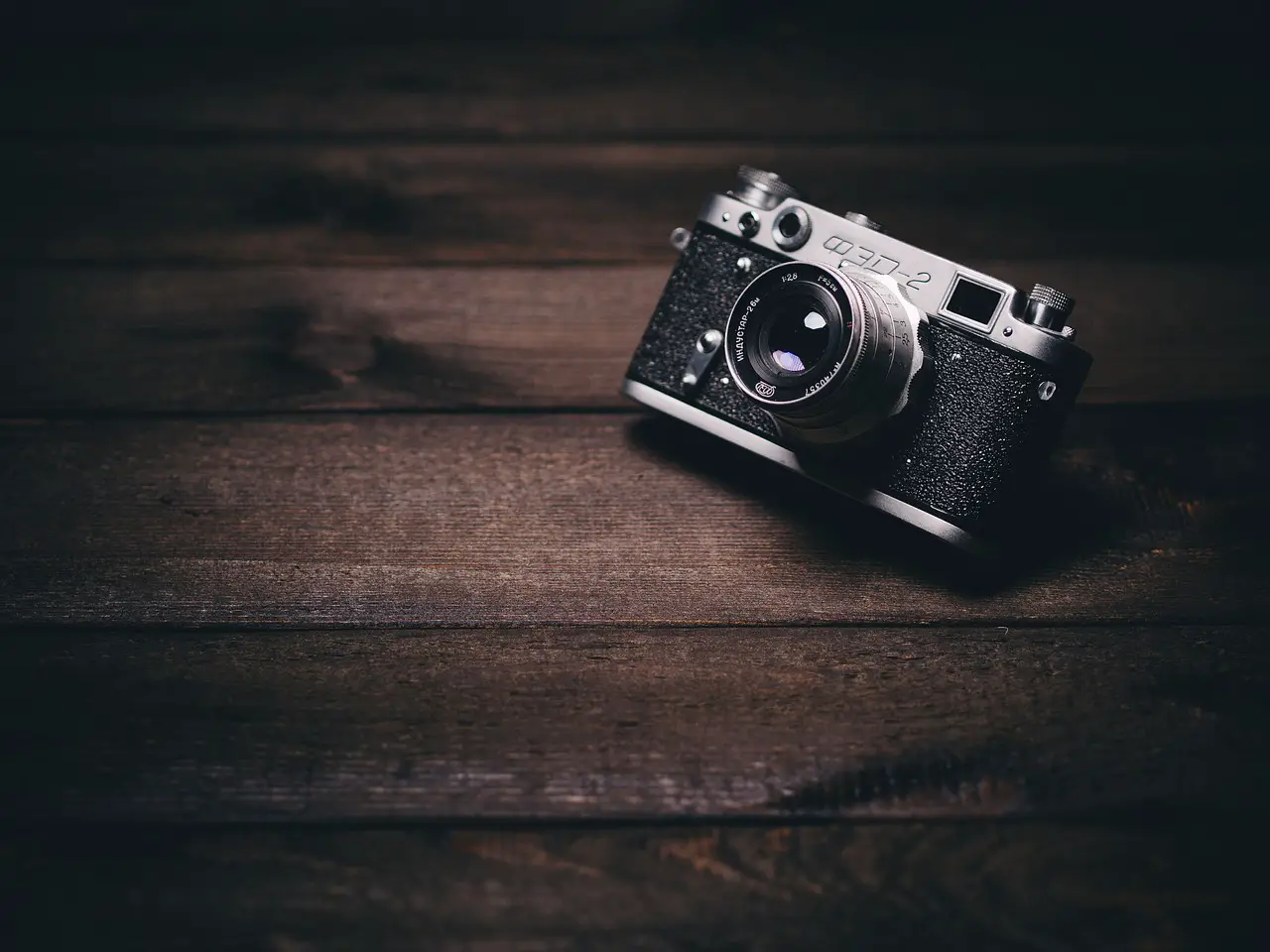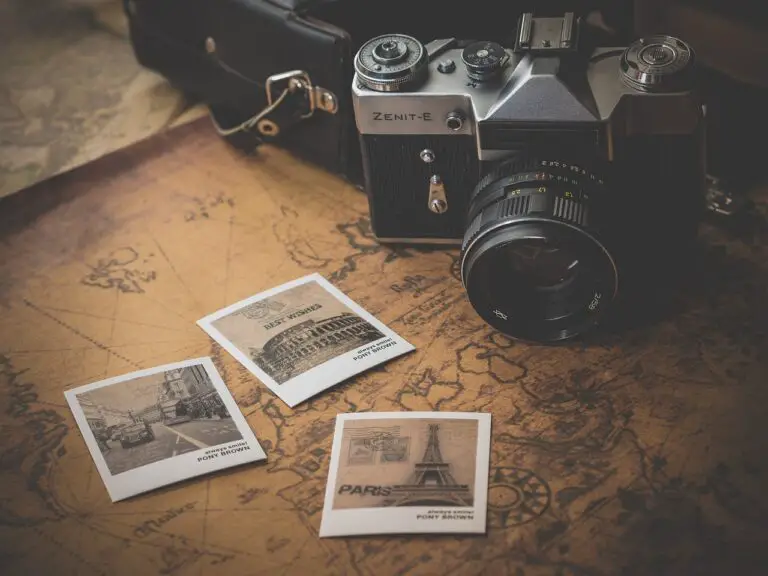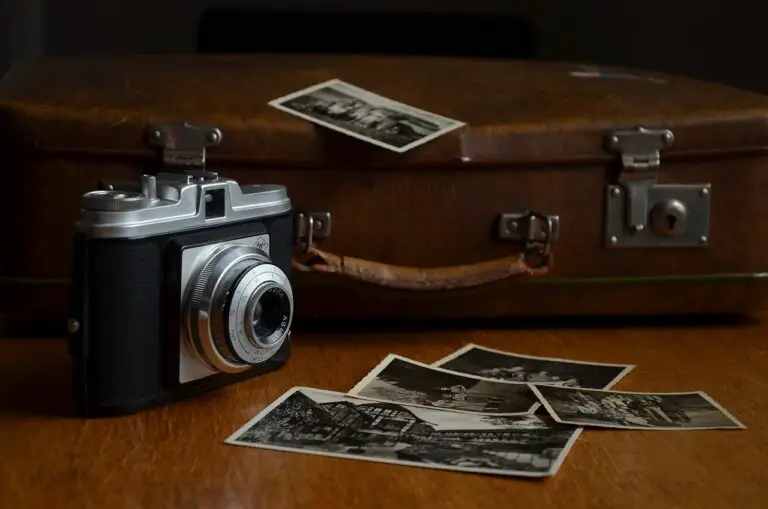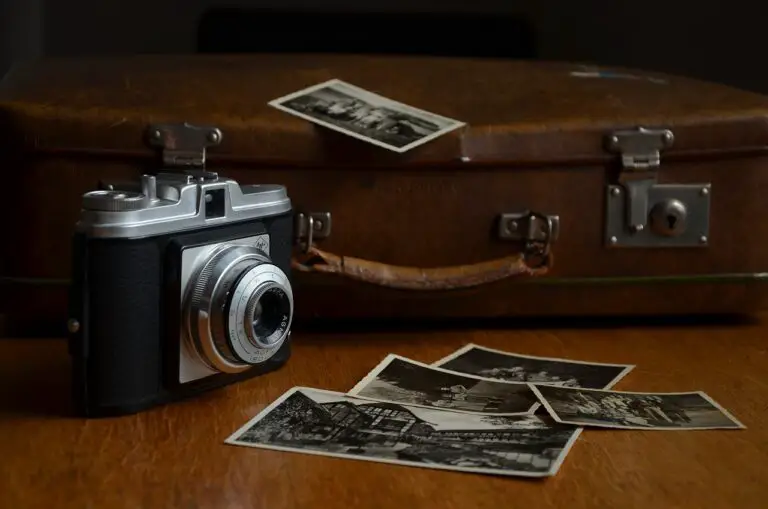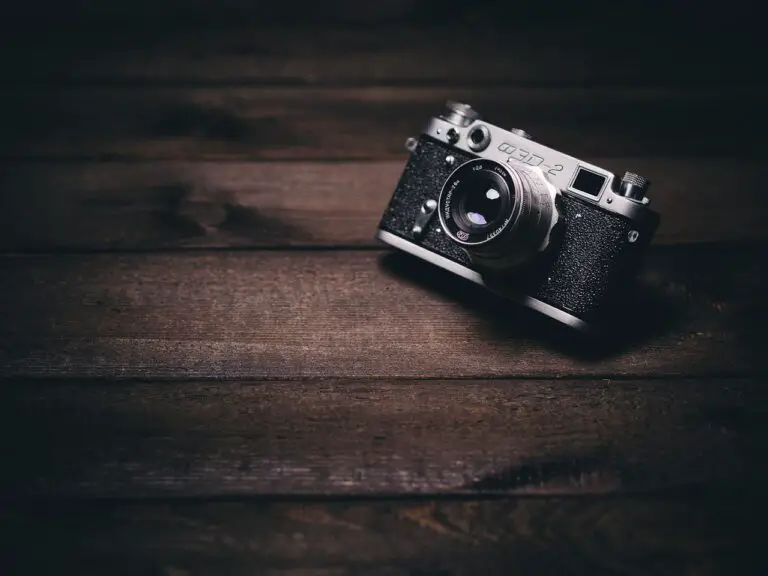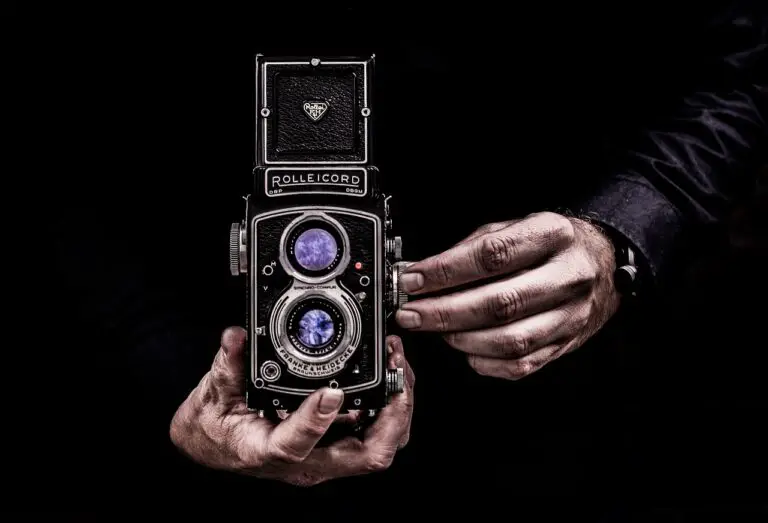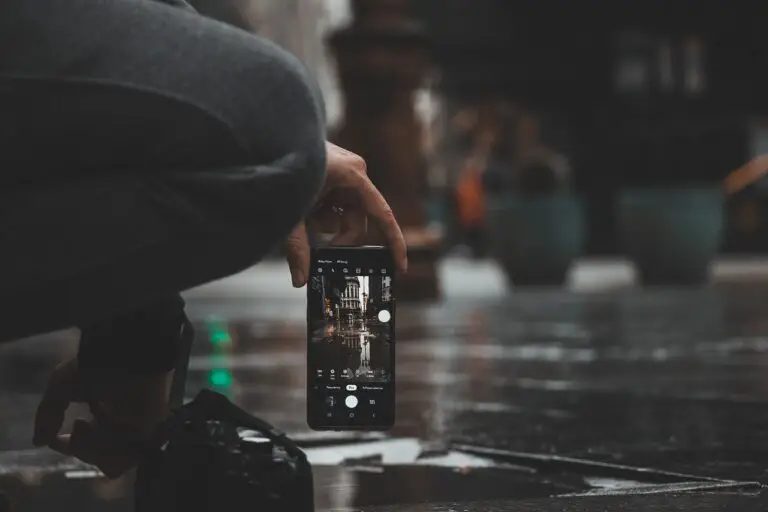When Was Photography Invented
Ancient origins of photography revealed
Photography was invented in the early 19th century, with the first permanent photograph credited to Joseph Nicéphore Niépce in 1826. However, the concept of capturing images with light dates back much further. The ancient Greeks and Chinese had knowledge of the basic principles of light and optics, and early camera-like devices called camera obscuras were used as early as the 5th century BCE. By the Renaissance in the 15th century, artists were using these devices to aid in their drawings and paintings.
Invention of Photography: Hazy Beginnings
The true breakthrough, however, came in the early 19th century when advancements in chemistry and optics culminated in the development of practical photographic processes. Joseph Nicéphore Niépce created the first permanent photograph, known as ‘View from the Window at Le Gras,’ using a camera obscura and a bitumen-coated plate. This photograph required an exposure time of several hours, and due to the slow photochemical process, the resulting image was hazy and lacked detail.
1839 Inventions Revolutionize Photography Accessibility
In the following years, the invention of the daguerreotype by Louis Daguerre in 1839 and the calotype process by William Henry Fox Talbot in the same year dramatically improved the quality and accessibility of photography. Daguerreotypes provided sharper images and required shorter exposure times, making them more commercially viable. Talbot’s calotype process, on the other hand, introduced the concept of the negative-positive process, allowing for multiple prints to be made from a single photograph.
Photography: Art and Documentation for All
From these early beginnings, photography quickly gained popularity as an artistic medium and a means of documenting the world. With further technological advancements throughout the 19th and 20th centuries, photography became more accessible to the masses, leading to its widespread use in journalism, advertising, and personal documentation. Today, photography continues to evolve with the advent of digital technology, allowing for instant capture, manipulation, and dissemination of images.

